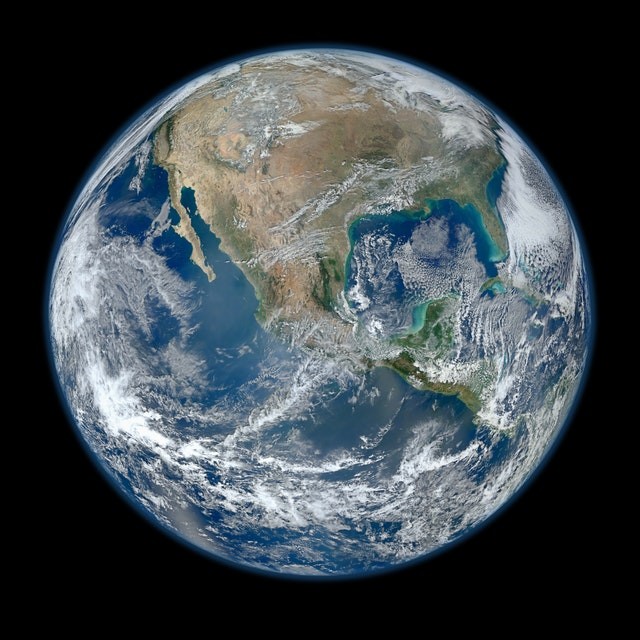A study published recently showed how tiny crystals of zircon dated billions of years ago functioned as 'time capsules' on this planet.
As specified in a ScienceAlert report, the said small crystals dated specifically, to 3.8 billion years ago, "contain the earliest geochemical evidence" yet for the Earth's tectonic activity.
Tiny crystals of zircon dated to 3.8 billion years ago contain the earliest geochemical evidence yet for plate tectonic activity here on Earth.https://t.co/yNdMgMIGFz#TECH #Technology #technews #programming #software
— HATINC 🇵🇸 (@HatProgrammers) April 23, 2022
Isotopes, as well as trace elements preserved in the crystals, exhibit evidence that they formed under subduction circumstances, when one tectonic plate's edge slips underneath the adjacent plate, developing certain conditions. This then offers new restrictions on when plate tectonics appeared on Earth.
Since plate tectonics played a vital role in developing the conditions for life on this planet, altering the structures of the atmosphere and the ocean, understanding how and when they appeared is essential too, for understanding how humans got on Earth, and what's making a planet habitable.

A study shows how tiny crystals of zircon dated billions of years ago functioned as ‘time capsules’ on Earth.
Amazing Treasures Excavated
As the study published in AGU Advances specified, understanding the early Earth's geology is something of a challenge.
The Earth's crust has been pretty dynamic over its more than four-billion-year history, and the only direct documentation of the Hadean eon, from 4.6 to four billion years ago, can be found in the mineral zircon's crystals.
Such crystals appear to survive the ravages of time although rarely, only 12 sites on Earth have generated the ancient grains, three or lesser in most areas.
Recently though, a team of geologists excavated an amazing treasure. Specifically, a chronological series of more than 30 microscopic zircon crystals, dated between 4.15 billion and 3.3 billion years ago, was found in an ancient block of the crust of Earth discovered in the Barberton Greenstone Belt in South Africa.
Such series offered an unusual opportunity to probe the changing circumstances of early Earth, from the Hadean through the Eoarchaeon period, which ran from four to 3.6 billion years back. The latter-mentioned era is described on the Geology Page site.
Mineral Crystals Functioning as 'Time Capsules'
Mineral crystals can function as "time capsules" containing information on the conditions in which they formed, and zircon crystals, specifically, can be extremely helpful for such scientific a purpose.
Meanwhile, the metal hafnium's isotopes, as well as trace elements discovered in zircon can be used to make interferences about the rocks from which they crystallized.
A research team led by Nadja Drabon, a geologist from Harvard University, examined the Greenstone Beit zircons to restructure a timeline of the conditions under which they formed.
As a result, they discovered that from roughly 3.8 billion years back, such crystals had hafnium and trace element signatures akin to modern rocks that formed in subduction zones, at the tectonic plates' edges.
Crystal Formation
This then suggests that plate tectonics were active at the time such crystals formed, explained the scientists. Dragon elaborated, "When I say plate tectonics," he is specifically referring to an arc setting when a single plate is going under another, "and you have all that volcanism."
The geologist also cited the Andes, for example, as well as the Ring of Fire. He elaborated that at 3.8 billion years back, there is a dramatic change where the crust becomes destabilized,
There are new rocks that form, and geochemical signatures that turn more and more similar to what is seen in modern plate tectonics are also seen.
RELATED ARTICLE: Two Giant Bubbles Found in the Earth's Mantle; Impact on Geological Events Like Eruptions, Earthquakes Investigated
Check out more news and information on Geology in Science Times.














